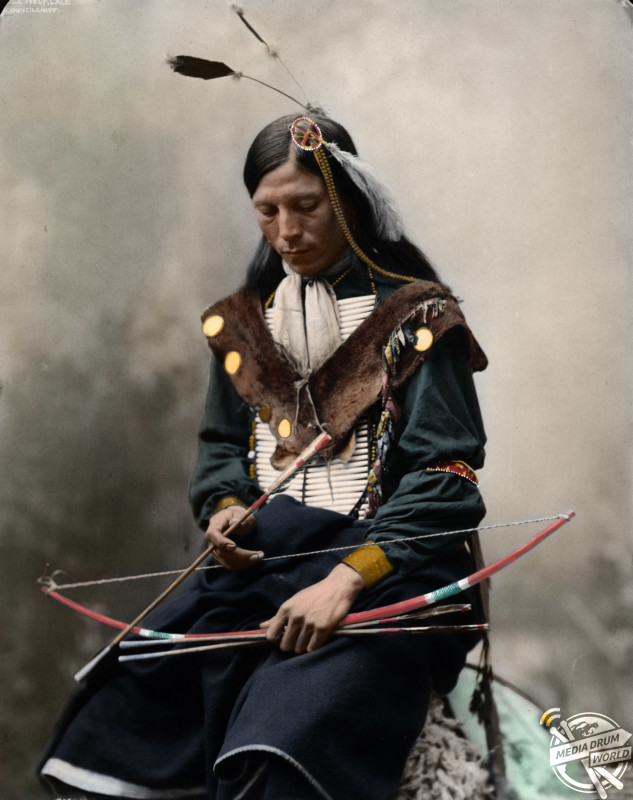By Tom Dare
AN INCREDIBLE SET OF hundred-year-old images, some dating back as far as the American Civil War, have helped to shed some light on the Native American tribe credited with defeating General Custer at the Battle of Little Bighorn.
Images of the Cheyenne tribe show tribal leaders visiting Abraham Lincoln’s White House during the American Civil War in 1863, while colourised pictures from author Michael Carroll’s new book ‘Retrographic’ see Cheyenne warriors posing with a crossbow and a tomahawk.
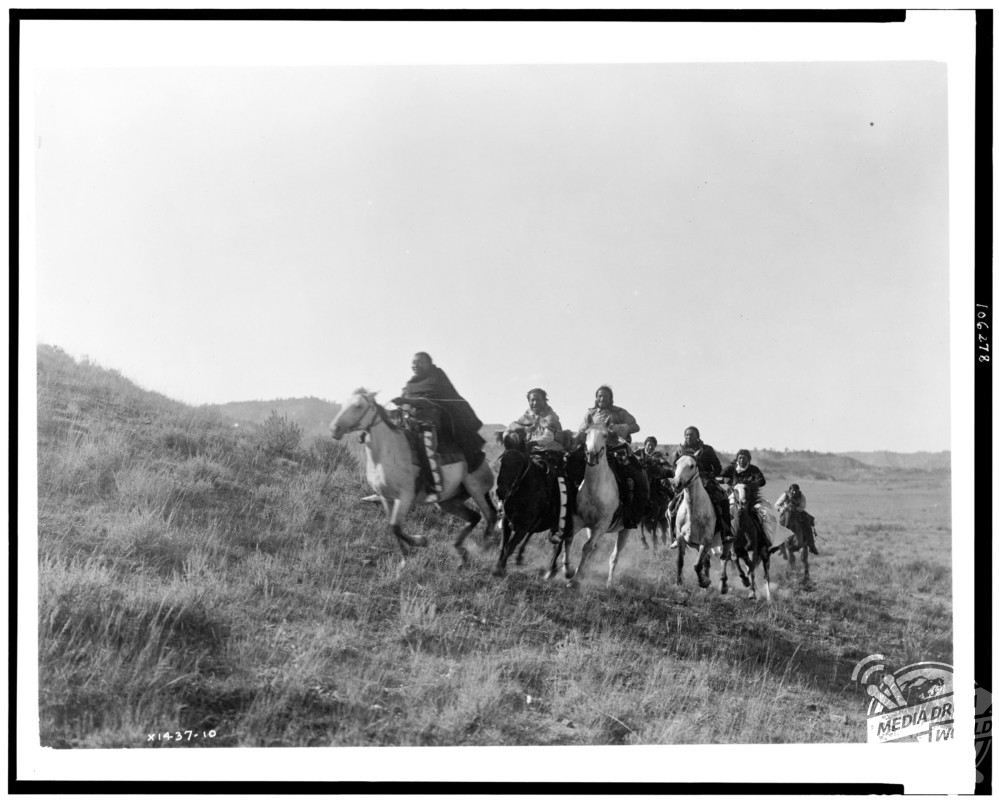
Further shots show a small Cheyenne child wearing a traditional Native American headdress, while another colourised image from ‘Retrographic’ captures a hunter poised over the surface of a lake, spear in hand.
The Cheyenne are a tribe of Native Americans thought to have originated in the Great Plains, an area of North America which includes the entirety of the states of Kansas, Nebraska, South Dakota, and North Dakota, parts of the states of Colorado, Montana, New Mexico, Oklahoma, Texas, Wyoming and the southern portions of the Canadian provinces of Alberta, Manitoba, and Saskatchewan.
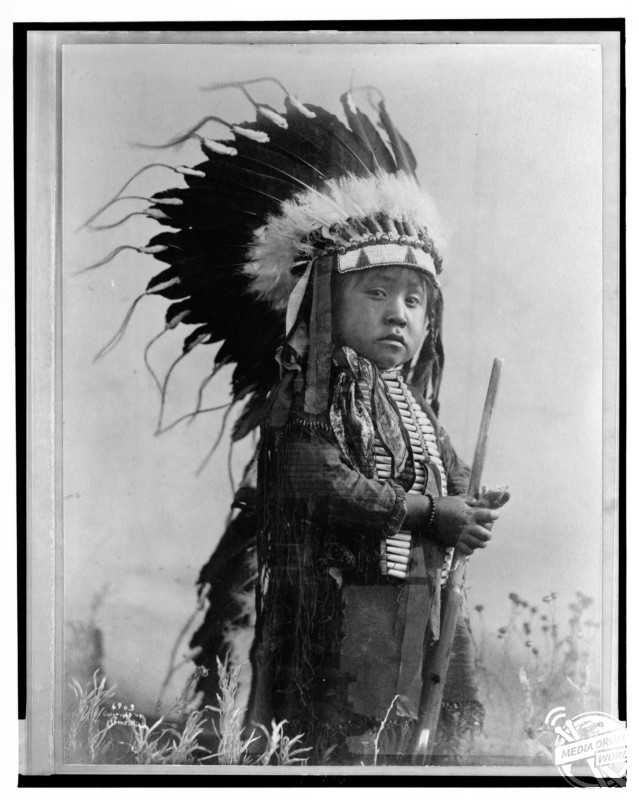
Formed from the combination of two tribes, the Só’taeo’o and the Tsétsêhéstâhese, the Cheyenne have a chequered history with the United States government, dating back to 1825 and the first treaty between the two.
This initial treaty set out the terms by which the Cheyenne could live peacefully side-by-side with the settlers, but the agreement didn’t last long. Western expansion by the United States, coupled with the Pike’s Peak Gold Rush, led to several clashes between government forces and the Cheyenne, resulting in several deaths. All of this culminated in the 1876 Battle of Little Bighorn, which saw the Cheyenne join up with the Lakota, Sioux and Arapaho tribes to slaughter General Custer and his band of approximately 210 men, in what has now become the legendary ‘Custer’s Last Stand’.
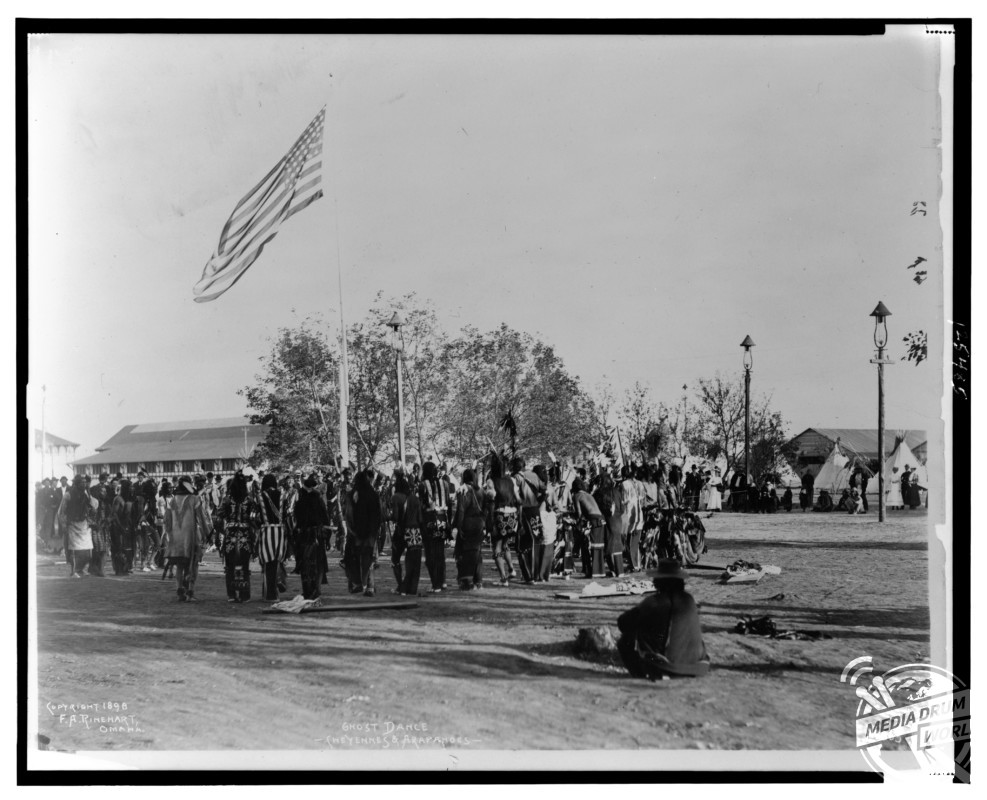
“By 1877, however, the Cheyenne people had lost their last major fight with the US Army, the Dull Knife Fight or Battle on the Red Fork of November 25th 1876,” writes Michael Carroll. “The Cheyenne force of about four hundred warriors, under Chief Dull Knife, was severely outnumbered by one thousand soldiers under General Crook. The native force were forced to abandon the Shoshone village of two hundred lodges, along with their seven hundred head of cattle. Despite a brave rear-guard action, this decisive defeat effectively ended the Cheyenne ability to resist the government by military means.
“The Cheyenne split into two factions, the southern and northern Cheyenne. The southern group settled in the reservation the government had ordered them into, and the northern Cheyenne returned with Dull Knife, and his fellow Chief Little Wolf, to live within the Sioux territories of Wyoming.
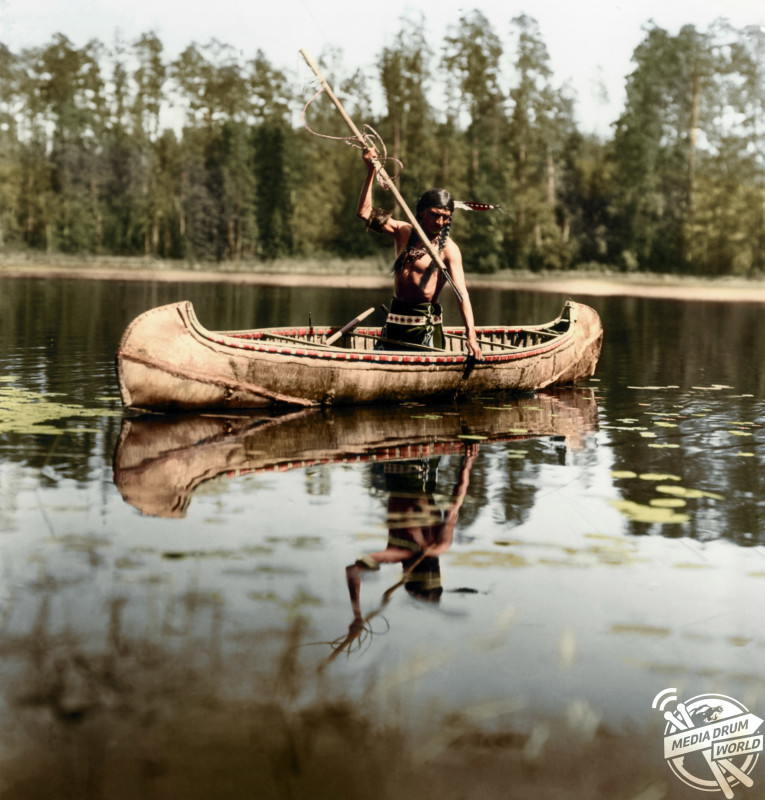
“Colonel Mackenzie of the Forth Cavalry was assigned with the task of removing this group, which he did with brutal efficiency, defeating resistors, burning lodges and confiscating horses. Without food or shelter, by November 1876, the villagers had little option but to join the southern Cheyenne reservation.”
Michael D. Carroll’s book Retrographic: History’s Most Important Images Transformed into Living Colour, is available on Amazon for £13.31
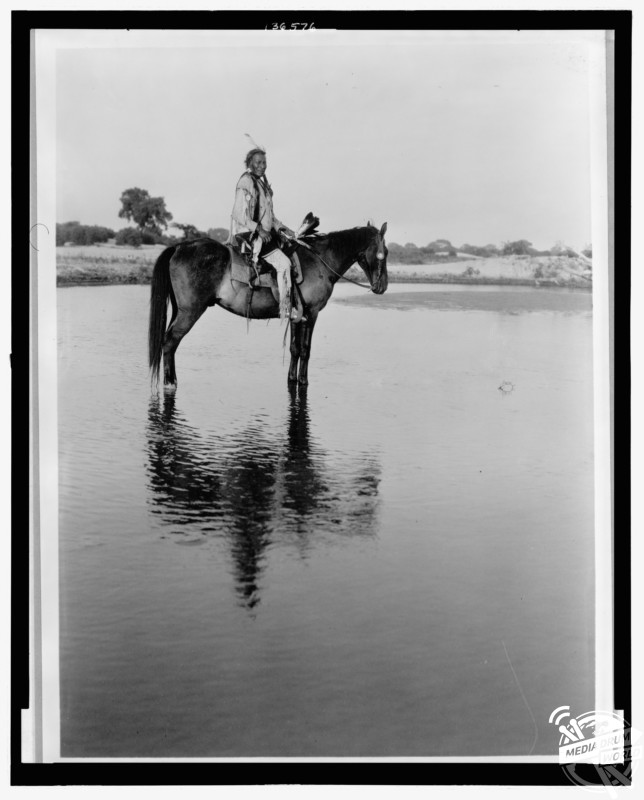
For more information see https://www.amazon.co.uk/Retrographic-Historys-Exciting-Images-Transformed/dp/1908211504

